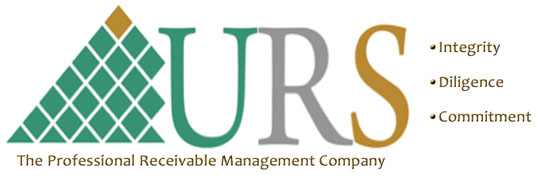Here are some tips to implementing a successful collection of delinquent accounts. As part of our ongoing and presence in collections, we ask for your input. Please respond to the article if you have other tips and suggestions from your successes or if you questions. Please click on the below link.
1. Correct/Updated Demographics—It is veryimportant to ensure that ALL debtor(s)demographics are correct and current –complete full name, telephone number(s), home address(s), amount(s) owed, balance,age of account(s) and type of account(s). These data can be verified from theinstitution’s database, financial transactions, credit bureaus and various skip tracing websites. It is key to make sure debtor addresses are correct to ensure debtor is receiving all appropriate delinquent notices and information about the debt.
2. Sending Notice(s)—Notices should contain all pertinent information regarding the debt including balance due, amount past due, date and amount of last payment and importance of the debtor(s) contacting the banking institution. Notices should be mailed at specific intervals for maximum effect. For example, the firstnotice of delinquency is mailed 14 days past the contracted due date. Thesecond notice is mailed 21 days of due date and if no contact by the debtor hasbeen received explaining why payment is late or agreeing to payment arrangements, the account should be assigned to the collection for the `pre-30’collection approach.
3. Professionalism— one important key to achieving effective collection rates is maintaining professionalism. Professionalism, in concert with firmness and understanding, is absolutely necessary to achieving maximum results. Collectors should offer various payment options and taking into consideration debtor’s current financial situation and within the bank’s collection policy guidelines. Collections is an art and learning and understanding its purpose will add positive tones and results. Debtors will give many reasons for not making payments, but collectors must be patient and carefully listen to what is being said by the debtor. If debtors are expressing severe medical issues, a death in the family or other viable financial problems, collectors need to understand these dilemmas and offer other options in concert with the bank’s collection policies.
4. Working with Debtors—Debtors might not have the money to make a full payment, therefore it is important to work with the debtor(s) and offer alternative payment options which, of course, follow corporate collection policies. Some banking institutions have within its policies the option to settle accounts up to 15% of the total balance if paid within specific time periods. However, the ideal solution is working with delinquent customers and having them return to a satisfactory standing within the bank.
5. Accessibility to the Bank—Delinquent customers should be given several options for making payments or having accessibility to certain branches for making payments. When collectors send out notices or make follow up phone calls, collectors have to make it clear where or how debtors can make payments.

Sending notice and being professional those are the very best way to a successful debt collection.Good explanation to those tips thanks.
ReplyDelete